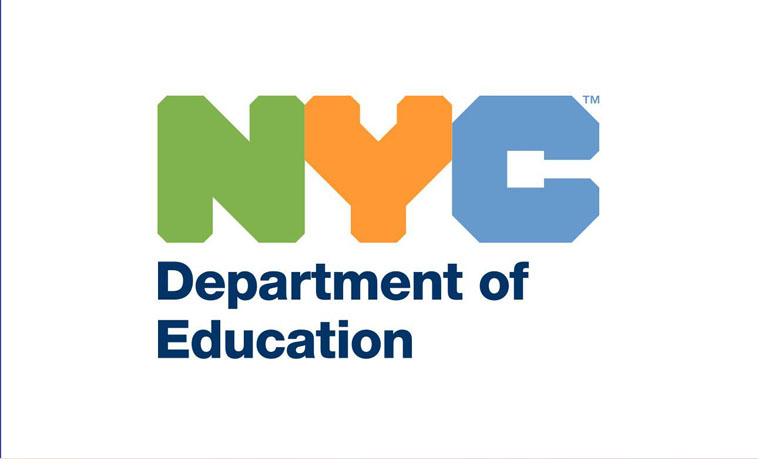Young
Runners
For
two years now, seven-year-old Miray has been training hard with a goal
in mind and she says even a little pain cant slow her down.
“Maybe
if I had a cramp I would try to run it off I guess, try to run faster
to make it go away,” says Miray.
While
Mirays parents are pleased shes so driven, they also recognize
there are dangers. In young athletes, bone-tendon muscle units, growth
areas within bones, and ligaments experience uneven growth patterns
leaving them susceptible to injury. Parents should be wary of the signs.
“Complaining
of shin splints, pain in their knees, have problems walking afterward
or problems walking up steps cause they just have a tightness or pain
in their knees,” explains Kevin Mason, a professor of Pediatrics.
For
young runners before the age of ten, pediatricians recommend that kids
limit distances to a mile or mile and a half. And while parents may
consider kids to be naturally limber, for them, stretching before any
workout is as important as it is for older athletes.

